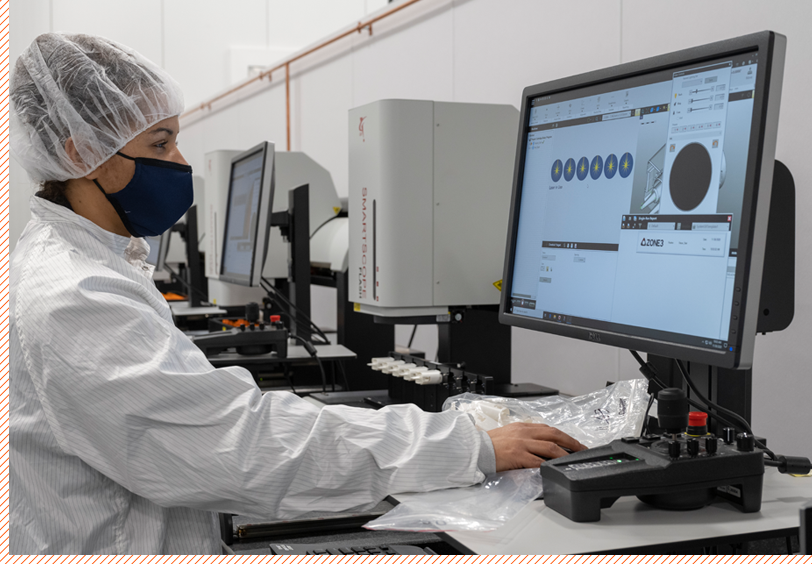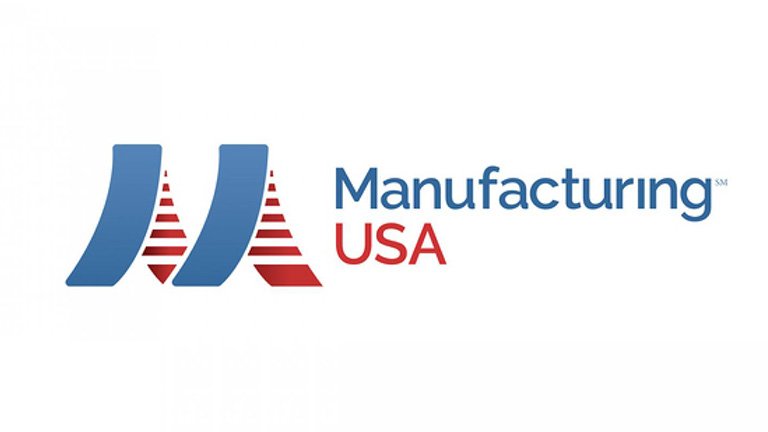Data-driven Manufacturing

LEVERAGING WHAT YOU HAVE TO MANIFEST WHAT HAPPENS NEXT
In my capacity as the Chair of the Council of the Manufacturing USA institute directors, I often get asked about trends in U.S. advanced manufacturing. When I receive a question like this, I try to think about advanced manufacturing as broadly as possible — and consider technologies that could stand to benefit most manufacturers, as well as the U.S. manufacturing sector.
There is no doubt that some technologies have the capacity to benefit a majority of manufacturers, such as the automation afforded by robotics or additive manufacturing, which offers countless applications. But there is one thing that all manufacturers have in common: data.
Moreover, data is absolutely critical for unlocking whatever comes next for the manufacturing sector, whether that is “Industry 4.0” or a series of disruptions that will forever change how we make things on an industrial scale.
MAKING DATA ACTIONABLE
Technology has afforded one the ability to collect data about one’s manufacturing process at an unprecedented rate. And many manufacturers are already compiling it — whether they know it or not. But ways to leverage it and make it actionable for their businesses are needed. To do so, they must devise a digital manufacturing solution — one that can translate this data so as to inform strategic decision-making.
Here’s how such a digital framework could begin to affect the three critical areas that matter to all manufacturing operations in the near term: cost, quality, and speed.
COST
Digital modeling supported by real-world data can identify whether or not a product design — or supporting process — is feasible before you go to prototype or production. This functionality can be used to eliminate the cost of failures by preventing them before they happen. It can also save time during research and development by preempting the further exploration of dead ends.
QUALITY
The ability to collect data, and subsequently generate models that predict failures, creates opportunities to control your quality in a way you would otherwise never be able to do. This will mitigate quality failures and ensure that there is a consistent, safe, high-quality supply of products that make it to market.
SPEED
If you know your process well and can control it by virtue of your data modeling, you’ll also want to leverage that knowledge to increase your production speed. A data-driven approach to manufacturing can help manage fast changeovers and lay the groundwork for faster — and, in some cases on-demand — manufacturing.
LONG-TERM DATA OPPORTUNITIES
When it comes to making manufacturing a data-driven practice, there are two longer-term opportunities that have the possibility to transform manufacturing as we know it: standard frameworks and digital supply chains.
STANDARD FRAMEWORKS
Manufacturing ecosystems need to establish common frameworks for manufacturing data structures, much like MTConnect in the machining world. Representatives of industries that are not currently very data driven should take the opportunity to learn about frameworks and standards used in more data-driven industries.
DIGITAL SUPPLY CHAINS
Having all suppliers connected to one another with real-time data regarding stock levels, prices, and lead times will help OEMs and contract manufacturers manage their existing supply chains more effectively.
ADVANCING THE MANUFACTURING SECTOR
As we begin to envision the bigger picture for data-driven manufacturing, we can start to see how data projects extend well beyond the near-term benefits for individual manufacturers — i.e., cost, quality, and speed — and have the potential to affect the fabric of the entire manufacturing sector.
This is the strength of Manufacturing USA, which provides one of the few forums — on an appropriately large scale — where these sorts of important industry conversations can take place.
To join the discussion and help us envision the future of manufacturing, please visit ManufacturingUSA.com.
Kelvin H. Lee is the NIIMBL Director.
Sponsored by:

